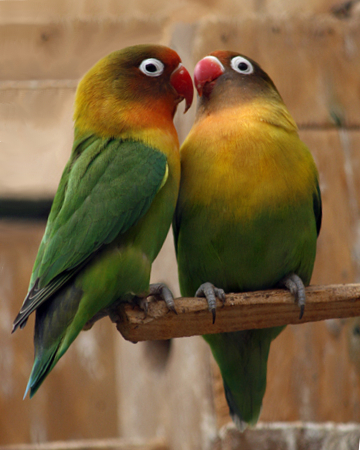… even at its best. (Here we will avert our eyes as Ooga! Ooga! Big Spender! blunders by, choosing to focus instead on efforts by serious people.) Like this claim that “choosiness” is theoretically under direct sexual selection:

Abstract: Most theoretical research in sexual selection has focused on indirect selection. However, empirical studies have not strongly supported indirect selection. A well-established finding is that direct benefits and costs exert a strong influence on the evolution of mate choice. We present an analytical model in which unilateral mate choice evolves solely by direct sexual selection on choosiness. We show this is sufficient to generate the evolution of all possible levels of choosiness, because of the fundamental trade-off between mating rate and mating benefits. We further identify the relative searching time (RST, i.e. the proportion of lifetime devoted to searching for mates) as a predictor of the effect of any variable affecting the mating rate on the evolution of choosiness. We show that the RST: (i) allows one to make predictions about the evolution of choosiness across a wide variety of mating systems; (ii) encompasses all alternative variables proposed thus far to explain the evolution of choosiness by direct sexual selection; and (iii) can be empirically used to infer qualitative differences in choosiness
From Conclusion: Because direct sexual selection has the potential to generate all possible levels of choosiness, we encourage theoreticians to consider it as a crucial process determining the evolution of mate choice. Nevertheless, this does not mean that direct sexual selection is the only force acting on choosiness. Other selective pressures influencing the evolution of mate choice may play an important role, such as indirect selection [6,7,9–12], natural selection on choosiness [11,29–33] or antagonistic selection between the sexes [72,73]. All these processes can be described in terms of genetic variances, covariances and selection gradients within a quantitative genetic formalism [1,2]. Because direct sexual selection alone is considered in our model, within such a formalismall these variables are assumed to be null except the variance of choosiness and the sexual selection gradient on choosiness. Thus, our model probably represents the simplest model of sexual selection of mate choice one can conceive. We therefore suggest that the aforementioned mechanisms should be studied in addition to direct sexual selection as modifications of our basic model, rather than in isolation.
Somehow one doubts that in a world where most organisms have no capacity or opportunity for choice, a “choosiness” theory will fulfil its authors’ ambitions.
See also: Is there a real neutral theory of evolution? (His much more famous theory of natural selection is under intense fire from within the discipline too.)
Follow UD News at Twitter!